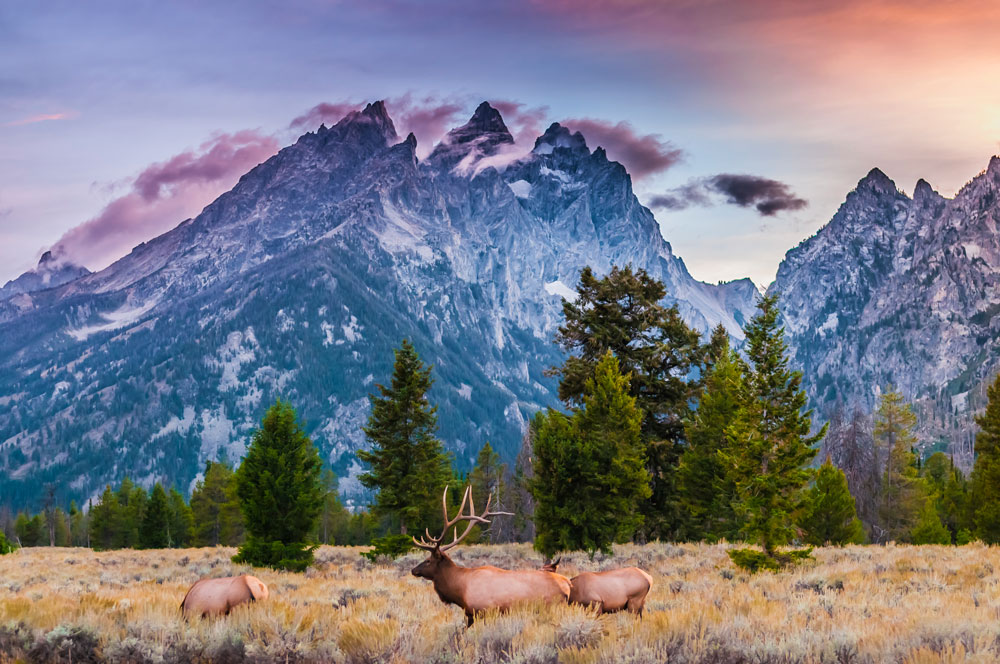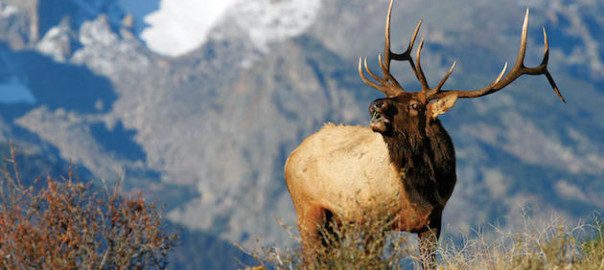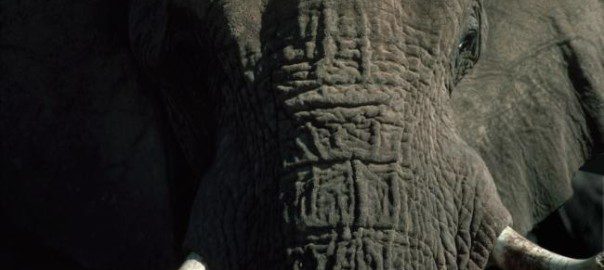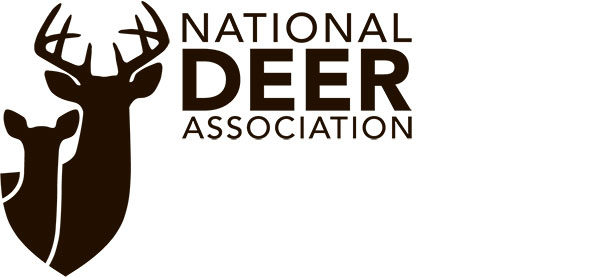The U.S. Court of Appeals for the District of Columbia Circuit has upheld the Grand Teton National Park’s elk hunting policy. After two consecutive court rulings in the hunts’ favor, the park’s “elk-reduction program” will continue.
In 2014 two wildlife photographers, Timothy Mayo and Kent Nelson, challenged the National Park Service and the U.S. Fish and Wildlife Service’s 2007 decision to continue allowing hunting inside the national park’s boundaries. Per Congress’ approval, Grand Teton has legally been able to hold elk hunts since its creation in 1950, and has done so annually since 1955. A NPS environmental review confirmed this ability, but Mayo and Nelson claimed there needed to be a National Environmental Policy Act analysis conducted for every year the hunting program was in effect.
A lower court decided in favor of the park’s hunts, but the photographers appealed. On Tuesday the D.C. Circuit Court upheld that finding, ruling that the environmental impact study conducted in 2007 was sufficient for subsequent years.
Another part of the opposition to elk hunting stemmed from the potential harming of federally protected grizzly bears in the park. With the Greater Yellowstone bear population’s recent delisting from the Endangered Species List, that concern is no longer warranted, and while an appeal to the full Circuit Court or even the U.S. Supreme Court is possible, the continuation of this case seems unlikely.
According to a NPS press release, the elk hunts are jointly administered with the Wyoming Game and Fish Department, with 600 permits issued in 2017.
“The need for this reduction program stems partly from a management framework that includes annual winter-feeding programs on the National Elk Refuge and in the upper Gros Ventre River drainage . . . The reduction program targets elk from three primary herd segments: Grand Teton, southern Yellowstone National Park, and the Teton Wilderness area of Bridger-Teton National Forest.”
The hunts began October 28 and will run through December 31, depending on the hunting area. Participants in the program must carry their state hunting license, conservation stamp and permits, use non-lead ammunition, and are limited in the number of cartridges they are able to carry each day. The use of archery equipment, handguns, or other non-centerfire rifles is not permitted, nor is the use of artificial elk calls.
In addition, participants, regardless of age, are required to carry a hunter-safety card, wear fluorescent orange, and carry and have immediately accessible, non-expired bear spray.
Park rangers and biologists will monitor and patrol elk-reduction program areas to ensure compliance with rules and regulations, explain the elk-reduction program to visitors, and provide participants with information regarding bear activity and safety.
Grand Teton is unique in allowing hunting on its acreage. Other NPS units and national preserves allow some hunting, but no other national parks permit it.
Photo: kwiktor/iStock




